Comprehensive Dental Services
Cleanliness is Important to Us
Latest Techniques
Innovative Tech

Same day crowns
Crowns are typically used to strengthen or reinforce a decayed, damaged, or cracked tooth and/or to improve its appearance or to act as an anchor for an implant, bridge or other. We here at FDSM have our own state of the art ceramic milling machine that produces custom crowns in one visit. No more temporary crowns to worry about. No more multiple appointments. Using an intra-oral camera and technology, we design a 3D image of your damaged tooth. Then we create a crown from that. Our process allows you to save your precious time and keep appointments to a minimum with great results.

Fillings
When you have decay and a cavity (hole) develops from that decay, fillings are used to fix that. Dentist clean the decayed portion of the tooth and then they fill the opening with an artificial material (a filling) to keep the tooth from further decay and to maintain its structure, use and appearance. Nowadays most teeth are treated with bonded tooth colored composite resin fillings. Caught early enough, cavities can be treated easily and painlessly. If not treated decay can lead to tooth pain and/or infection, and the tooth would need root canal treatment or extraction.
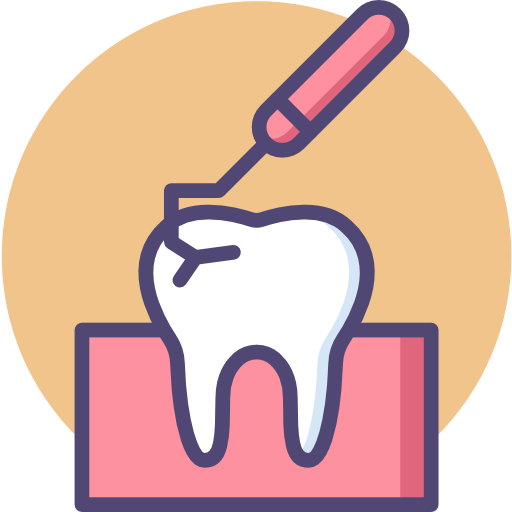
Bonding
Bonding involves adhering composite resin material that is matched to the color of the tooth, to the front of the tooth. This is done to repair damage done to the tooth, to alter the alignment of the tooth, close gaps between teeth, or for cosmetic purposes. First the surface of the tooth is roughened to improve adhesion. A gel is applied to micro etch the tooth surface, and a primer/bond agent is applied so the material adheres to the surface. Then the material itself is placed on the tooth and hardened with intense light. The composite resin material is shaped and polished to get a lustrous finish as a last step.
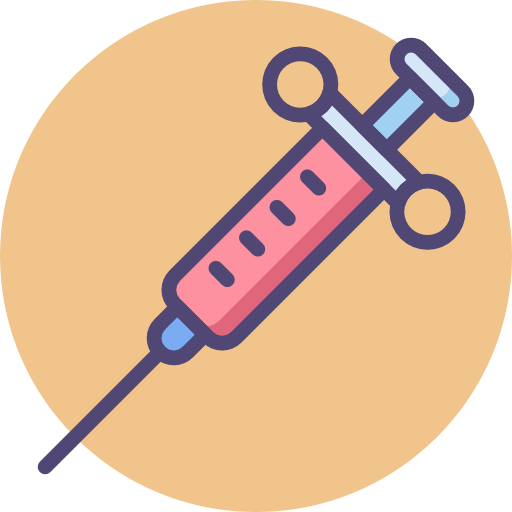
Sealants
This is used to fill in narrow grooves in a tooth that cannot be adequately cleaned by brushing. In some cases, the tooth structure has fine grooves or pits which accumulate plaque, not because the person doesn’t brush, but because they’re too narrow to allow even one bristle into them. These will develop cavities over time, and you don’t want that. So the dentist will brush on a coating that seals the grooves and pits, making it possible to brush off all the plaque and keep your teeth healthy.

X-Rays
This is a focused beam of X-Ray particles through bone which produces an image on special film, showing the structure through which it passed.This gives the familiar black and white images that doctors and dentists use to diagnose problems. X-rays are a necessary part of the diagnostic process, and not to use them could lead to undiagnosed disease. Without an X-ray of the whole tooth, and supporting bone and gum tissues, there is no real way to detect infection or pathology that requires attention.
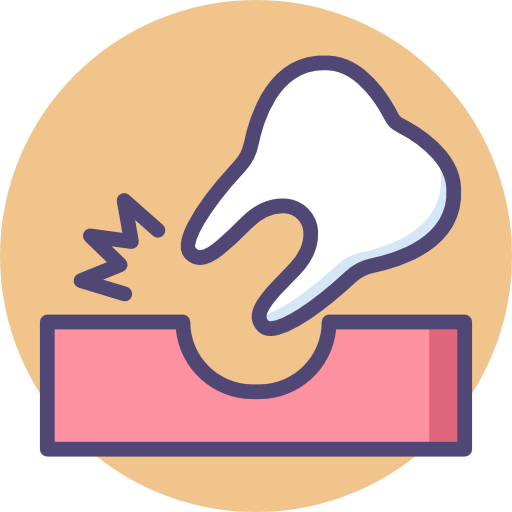
Gum treatment
The gums, ligaments, and bone around the teeth form the foundation for your teeth. All structures are also referred to as the periodontium. Signs of unhealthy periodontium (gum disease) are as follows: red and bleeding gums, persistent bad breath, gums that are pulled away from the tooth, loose teeth, and changes in the position or bite of the teeth. Any of these signs may mean something is wrong. With the proper early care, however, it may be possible to return them to a healthy state.
Advanced Services
Personalized Care and Guidance

Root canal
Root canal treatment (also referred to as root canal therapy or endodontic therapy) is made necessary when a cavity is allowed, through neglect, to reach all the way to this pulp. (Regular cleanings and checkups prevent and detect problems early) Sometimes deep restorations or trauma to a tooth may cause the nerve to be damaged to the point it needs root canal therapy, also. Once this occurs the pulp becomes infected, and can even extend through the root tip and begin to eat away at the surrounding bone (this is an abscess). By the time the pulp is infected it must be treated, and cannot heal on its own. It can even weaken the entire immune system. This is dangerous, not to mention very painful. Symptoms that the pulp has become infected may include sensitivity to hot/cold or sweets, pain, swelling, pain to biting or pressure, and a bad taste in the mouth. Sometimes, however, no symptoms are apparent and the person is unaware of any problem until a checkup.
A root canal is then performed to clean out the infected tooth pulp, and disinfect the canals of the tooth. The only other treatment would be to extract the tooth. Once the infection is resolved, the canal(s) are filled in to prevent any further infection. Usually a core build-up and crown is recommended for restoring a tooth that has had root canal therapy.
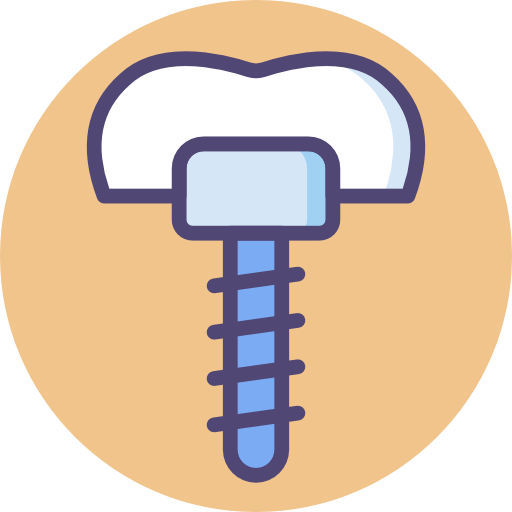
Implants
A dental implant is an option to replace a missing tooth. In this procedure, a small titanium shaft is surgically implanted into the bone and allowed to set. The bone grows around it forming a tight connection, which additionally slows or stops the bone loss that occurs when the root of a natural tooth is missing. Once the implant is firmly set in the mouth, the dentist then works to attach the replacement tooth onto the top of the shaft. This permanent solution has the advantages over bridge work that it does not stress the surrounding teeth for support, and, should the tooth wear out, another can simply be replaced on the shaft.
Implants can also be used as support as part of an implant bridge. This is an alternative to partial dentures, and has several advantages. First, there is no adjustment period to acclimatize the patient who, once the work is done, only feels teeth, not metal supports intruding into the mouth. Second, this slows the bone loss occasioned by missing teeth. Third, there is no discomfort or difficulty in eating. And, best of all, of course, they don’t have to be taken out all the time.
We also offer mini dental implants. These implants are about half the diameter of traditional implants are used mainly to stabilize lower dentures. These implants can be placed in one appointment and be immediately used. The cost is 50-70% of standard dental implants. Call for a free consult. We place and restore implants.
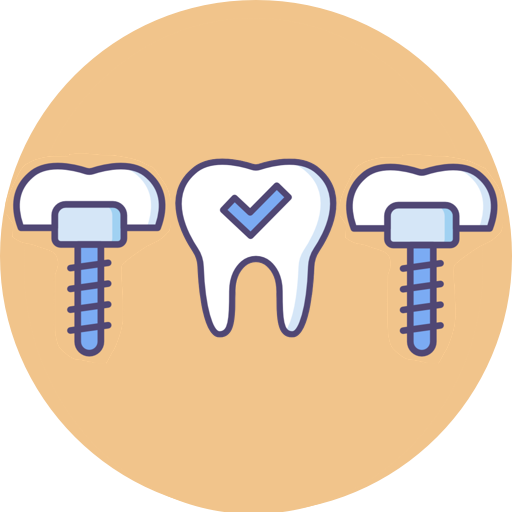
Bridges
This is an option for filling the space created by a missing tooth. It is formed to look like the missing tooth, and it takes its place in the mouth. The sides of a bridge use the two surrounding teeth for support, hence the name. A bridge replaces the missing tooth, both functionally and cosmetically. Bridge work is as much an art as it is an exact science. The materials used may be gold alloys, porcelain bonded to metal alloy, or all ceramic material. The choice of material depends on requirements for strength, wear, and/or esthetics.It is important that a missing tooth be replaced as soon as possible for several reasons. If not treated the teeth surrounding the gap begin to shift inward, creating a whole chain reaction of bad things. Teeth use their neighbors for support, and, with one missing, they start to “fall.” As this worsens the bite changes in response to the pressure. This can eventually result in problems with the entire jaw, e.g. TMJ. The surrounding teeth deteriorate and it is just a matter of time before they, too, are lost. Gum disease becomes a serious problem, with the difficulty of treatment increasing as the neglect continues.
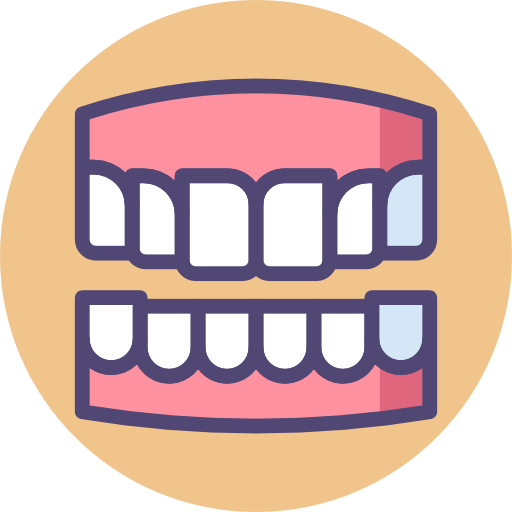
Dentures
There are different types of dentures, but they share their common function. They replace teeth that have become loose or been lost due to bone loss. When bone loss around the roots of teeth is great enough to loosen them or let them fall out, it’s time for dentures. Relax. No one enjoys losing their natural teeth, but you can still eat and talk regularly.
The entire mouth is examined and a determination is made as to which teeth will have to be removed, and which will remain. The loose teeth are then extracted. Dentures are fitted to go over or around whatever teeth remain in the mouth, depending on the type. There is an adjustment period after dentures are placed in the mouth, and it can take some getting used to. But once accustomed to the dentures, all the normal functionality and appearance return and one just carries on as usual. Often implants can used to further stabilize the dentures.
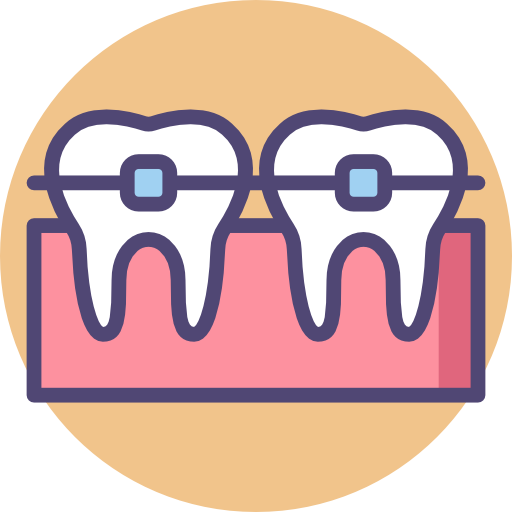
Invisalign
We are a Certified Invisalign Provider and we are thrilled to provide this option for our patients. This is a nearly invisible way to straighten your teeth and have the smile you’ve always dreamed of. We use a series of aligners that can then adjust your teeth from its initial position to the final desired position. The metal-free aligners are removable to allow you to remove them to eat, brush your teeth, or floss.
The Invisalign process is more comfortable than traditional braces. Invisalign braces are clear and therefore difficult to see on your teeth. Results are excellent and you have minimal discomfort and inconvenience to worry about. Allow us to evaluate your situation and help you decide if Invisalign will work for you.

TMJ treatment
Implants can also be used as support as part of an implant bridge. This is an alternative to partial dentures, and has several advantages. First, there is no adjustment period to acclimatize the patient who, once the work is done, only feels teeth, not metal supports intruding into the mouth. Second, this slows the bone loss occasioned by missing teeth. Third, there is no discomfort or difficulty in eating. And, best of all, of course, they don’t have to be taken out all the time.We also offer mini dental implants. These implants are about half the diameter of traditional implants are used mainly to stabilize lower dentures. These implants can be placed in one appointment and be immediately used. The cost is 50-70% of standard dental implants. Call for a free consult. We place and restore implants.

Book An Appointment
Cleanliness is Important to Us
Quick Links
Policies
Come see our new state of the art office. Conveniently located near the 78 freeway at Las Posas Road, one block west of the Grand Plaza Shopping center.
San Marcos, CA 92078
| Monday | 9:00am - 6:00pm |
| Tuesday | 9:00am - 6:00pm |
| Wednesday | 9:00am - 6:00pm |
| Thursday | 9:00am - 6:00pm |
| Friday | 9:00am - 4:00pm |
| Saturday | Closed |
| Sunday | Closed |